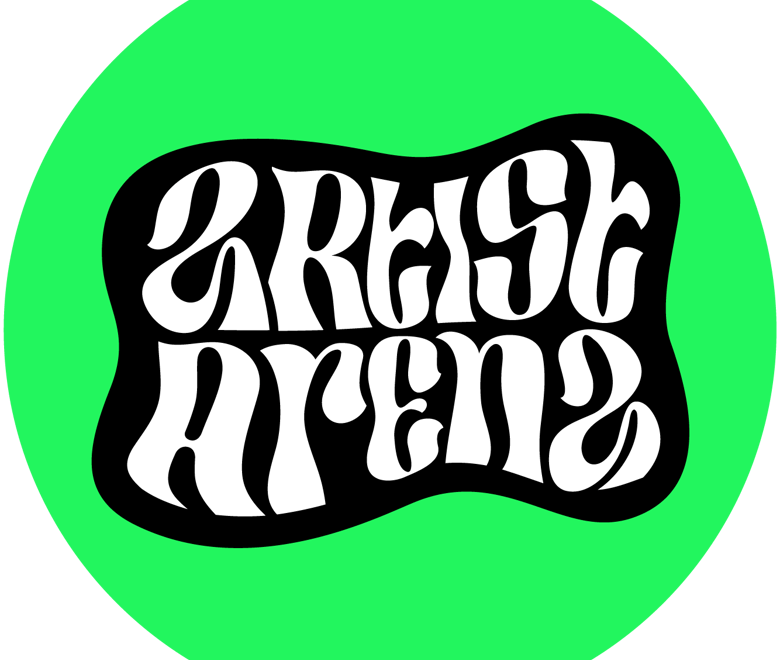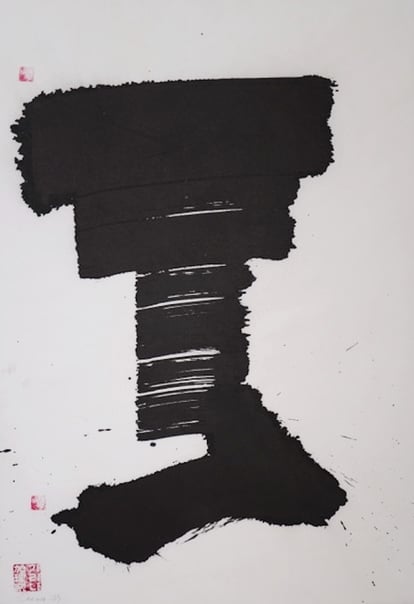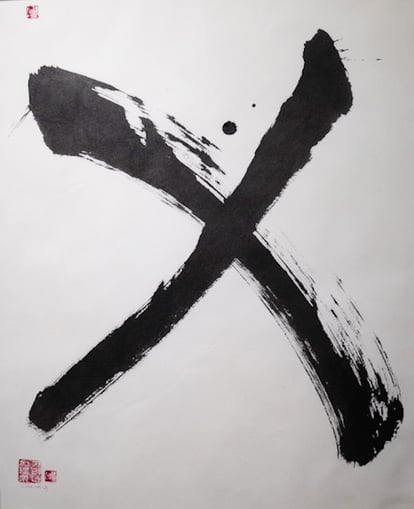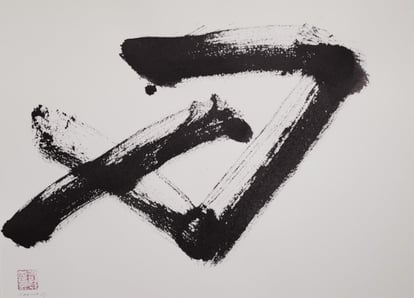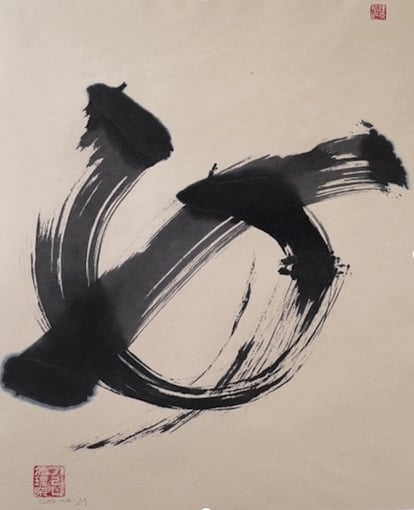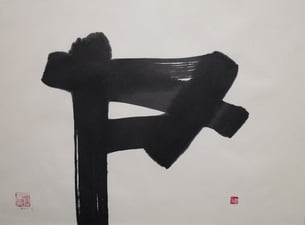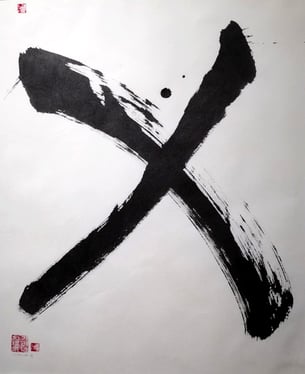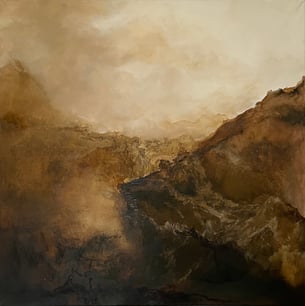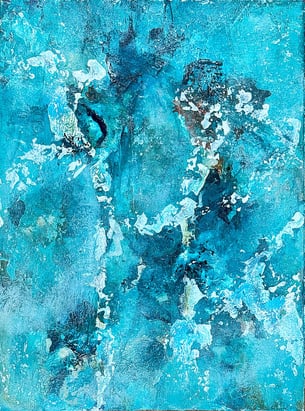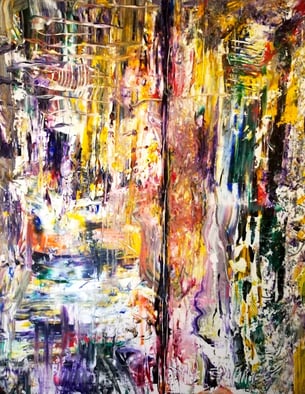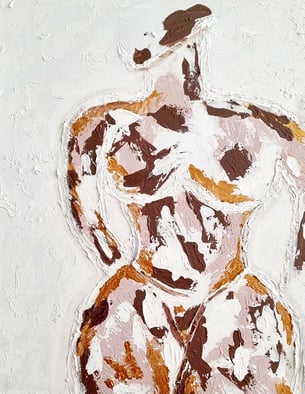About
I'm Carina Kinnman, former Art Director and Marketeer with a foundation in design, marketing and communication, based in Stockholm, Sweden. My creative journey is deeply rooted in both Scandinavian and Japanese minimalism. This fusion brings together the best of both worlds, creating a unique style that emphasizes line, form, and the beauty of imperfection. Wabi-sabi, a Japanese aesthetic philosophy rooted in Zen Buddhism, celebrating the beauty found in imperfection and incompleteness.
Having spent the last decade studying traditional Japanese ink calligraphy under the guidance of a Japanese Sensei, I have developed a style that unites Scandinavian and Japanese aesthetics in abstract and non-figurative forms.
Recurring objects are lines, human forms and nonfigurative compositions with ink, soft pastel, charcoal, graphite and acrylic with an imperfection aestethics.
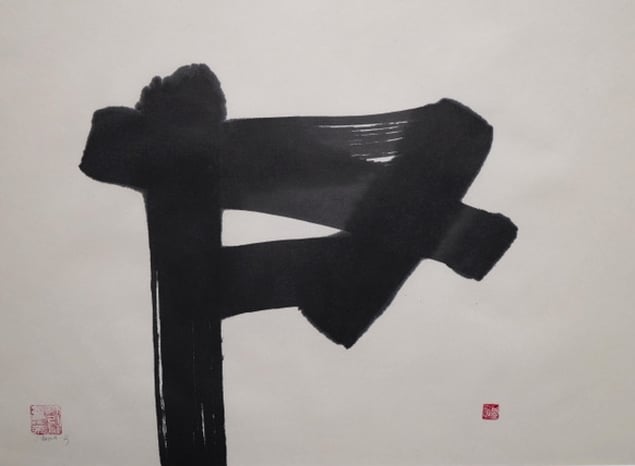
No 010 024
Inspiration
My inspiration comes from nature, lines and forms and I am influenced by both figurative and abstract expressionism.
I consider myself autodidact even if I have some training and education such as below:
PR, Communication and Marketing, Stockholms University, 2007
Forsbergs Graphic School, Graphic Design and Illustration, 1991
Berghs, Typography, Design, Marketing, 1996, 1998, 2000
Graphic Institute, 1992
Tutelage by Sensei Hiroko Kimura in Japanese Calligraphy, 2015-2024
A number of painting and drawing courses
2025, 28-30 augusti, Grupputställning, Galleri Hornsgatan 96 Stockholm
2025, 1 - 13 september, Danderyds konstrunda, solo- och grupputställning, Danderyd
I primarily use Sumi ink on Washi paper*, producing meditatively abstract brushstrokes with a monochrome palette of black and white, enhanced occasionally by mineral pigments, charcoal, graphite, and acrylics.
* Handmade Japanese and Korean Washi paper, based on fibers from the inner bark of the gampi or mulberry tree.
The entire process is 100% recyclable and made from natural materials.
Wabi-sabi is a Japanese aesthetic philosophy rooted in Zen Buddhism that celebrates the beauty of the imperfect and incomplete. This philosophy embraces opposites—a pursuit of perfection combined with a love for the transient beauty and patina of nature.
Sumi ink: I use ink from Japan and Korea, made from soot and animal glue. The color can vary from light gray to intense black depending on the manufacturing process.
Washi paper: I primarily work with handmade Japanese and Korean Washi paper, based on fibers from the inner bark of the gampi or mulberry tree.
Handmade brushes: I use a range of handmade brushes from Japan and Korea in various sizes, made from among others goat, sheep, wolf, and horse hair, which create different effects depending on the brush's properties and thickness.
Uruachi mounting: Once the piece is finished and dried, I mount it onto a sheet of Washi paper using a type of starch. This technique, used in Asia for centuries, smooths and stabilizes the artwork, preserving its archival quality.
Vermillion signature: The final step is the signature, sealed with a red mineral paste and my personal Hanko seal, carved in stone.
